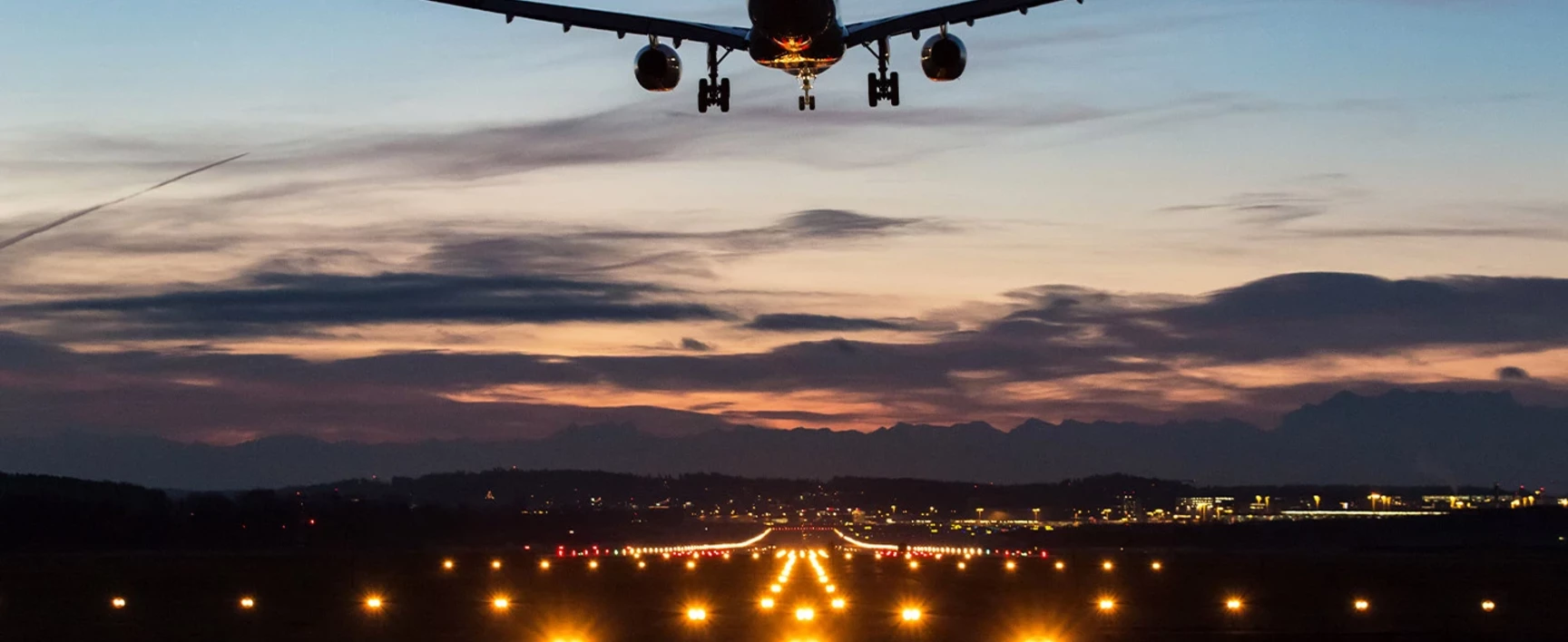Key information
Services Provided: Root Cause Failure Analyses & Fitness-for-Service Assessment of Airport Runway Lights
Start Date: 2014
Location: Northeast USA
Project details
Several airports located in the Northeast USA have experienced issues with their runway landing and touch down zone (TDZ) light fixtures, which are bolted to steel bases that are embedded in the runway pavement. These issues have led to safety, installation, and maintenance concerns, and include:
- Broken bolts
- Severely deformed base cans
- Fractured light fixtures

Talk to our experts
SOCOTEC Engineering Performs Root Cause Failure Analyses and Fitness-for-Service Assessment of Airport Runway Lights
Several airports located in the Northeast USA have experienced issues with their runway landing and touch down zone (TDZ) lights, which are bolted to steel bases that are embedded in the runway pavement. These issues have included broken bolts, severely deformed base cans, and fractured light fixtures, which have led to safety, installation, and maintenance concerns.
The SOCOTEC Engineering team has been heavily involved since 2014 and has performed a comprehensive engineering assessment to establish the root cause of these issues and to mitigate future light fixture issues. Failure analysis of the incident light fixtures revealed a fatigue-induced fracture of the bolts fastening the light fixtures to the light bases, as well as localized deformation of the base cans.
To determine the factors that contributed to the failures, a sampling program was implemented to ascertain the current state of in-service light fixtures, including a review of existing bolt torquing procedures. Testing was then performed in our company’s Brooklyn test facility to establish the relationship between applied torque and bolt preload (i.e., clamping force) achieved in the light fixture assemblies. Concurrently, field instrumentation and data acquisition were performed on in-service light fixtures at several airports, which revealed high levels of cyclic loading imposed on the assembly, as well as significant relaxation of bolt preload, even without a direct aircraft rollover.
Extensive finite element analyses confirmed the importance of sufficient bolt preload in preventing bolt bending fatigue when subject to loading from large aircraft. Furthermore, the analyses reproduced the severe deformation observed in the base cans and bolts and demonstrated that pavement composition greatly influences the structural response of the light can components, thereby allowing airports to make informed decisions on the light fixture and runway design when performing future rehabilitation projects.
Overall, the comprehensive assessment indicated that aircraft pavement loading, light fixture installation, and maintenance practices all play a role in the mechanical performance of the fixture assemblies, and that existing bolt torquing practices do not provide sufficient clamping force for the light fixture to withstand aircraft loading. We, therefore, provided recommendations to increase bolt torque levels using bolts with higher strength or larger diameter, as well as more robust installation and maintenance procedures. These recommendations have now been implemented across the airports, and we continue to provide support for any ongoing issues related to runway lights. We have also worked closely with light can manufacturers, as well as the FAA at their Technical Center in Atlantic City, NJ, so that these recommendations can be incorporated into their technical requirements and standards.






